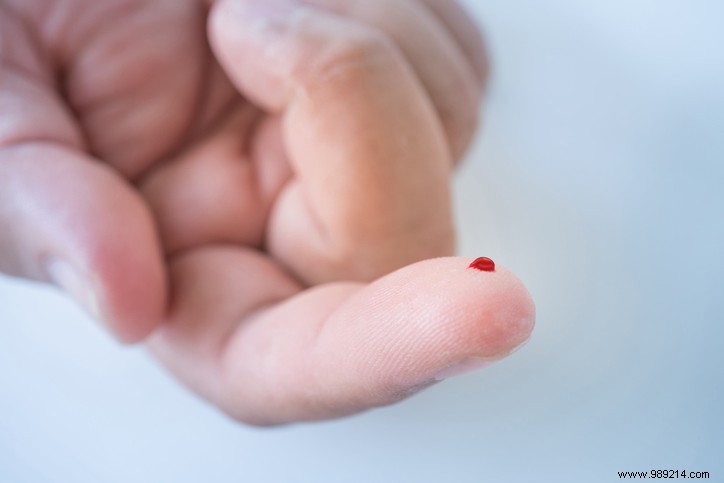Researchers at the University of Amsterdam (Netherlands) have developed a method to accurately measure the concentrations of plastic nanoparticles in human blood. Despite the small sample size, this work published in the journal Environment International suggests that this type of waste is likely running through your veins.
Measurement of toxic chemicals in human tissues is necessary to confirm exposure levels and guide public health protection measures. An assessment of the risks to human health is currently not possible due to the lack of data on toxicological risks and human exposure. For example, no study to date has reported on the internal exposure of plastic particles in human blood, and this, despite the omnipresence of this waste in our living environment and our food chain .
In recent work, Dutch researchers have developed a method to probe the presence of particles at the nanoscale (billionth of a meter). Previously, this type of analysis could only be done at the micro scale (millionths of a meter). The team then used their method to analyze the blood of twenty-two people for five commonly used types of plastic.
They then discovered that seventeen of these samples (77%) contained small amounts of plastic . Polyethylene terephthalate (PET), polyethylene and styrene polymers were the most common materials, followed by polymethyl methacrylate. You will find these plastics in bottles, shopping bags, food packaging and other disposable cutlery among other products.

Comparable to a teaspoon diluted in a thousand liters of blood , the amount of plastic in the blood was certainly small, but sufficient to raise fears of possible health effects.
Blood, which represents 6 to 7% of body weight in humans, irrigates the organs and tissues of the body. It is the transport route for oxygen, nutrients and, as we now know, potentially also plastic particles. The ultimate fate of these wastes ultimately depends on their ability to be eliminated, for example by renal filtration or biliary excretion. They could also be deposited in the liver, spleen or other organs. This data will be essential to determine the true risk to human health from such exposure .
“We have now proven that our bloodstream, our river of life so to speak, contains plastic “, concludes Marja Lamoree, lead author of the study in a press release. "This dataset is the first of its kind and needs to be expanded to better understand how widespread plastic pollution is in the body of humans and how harmful it can be “.